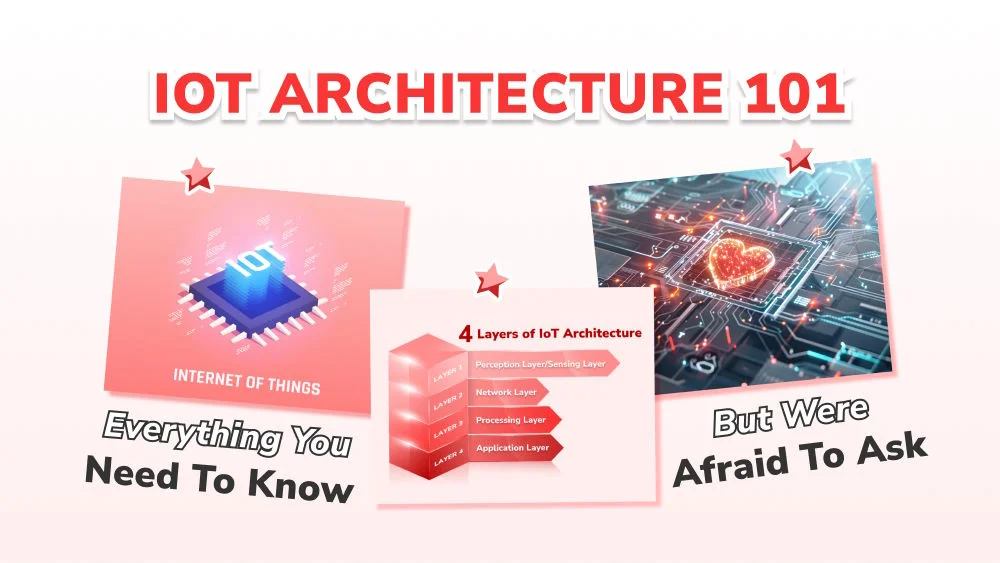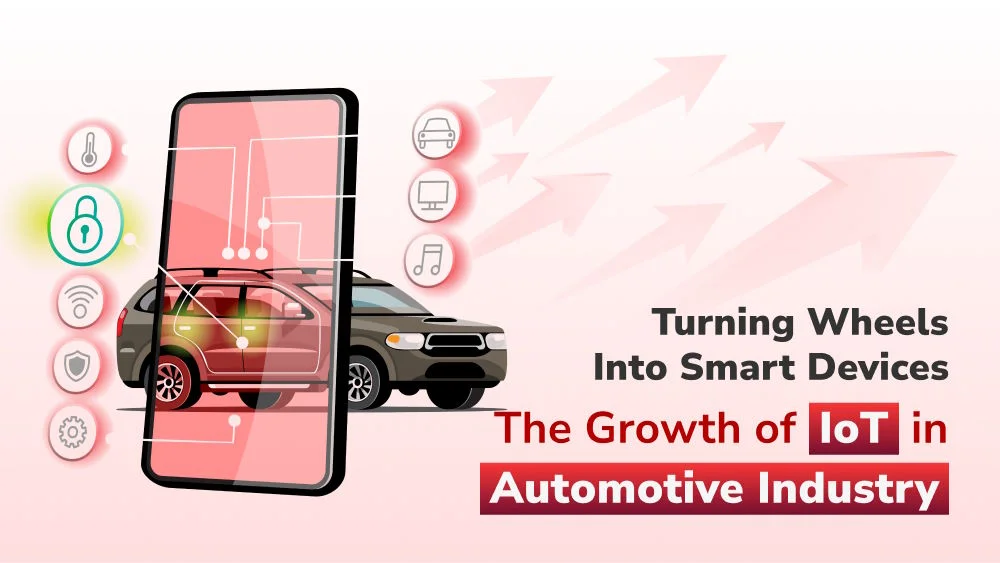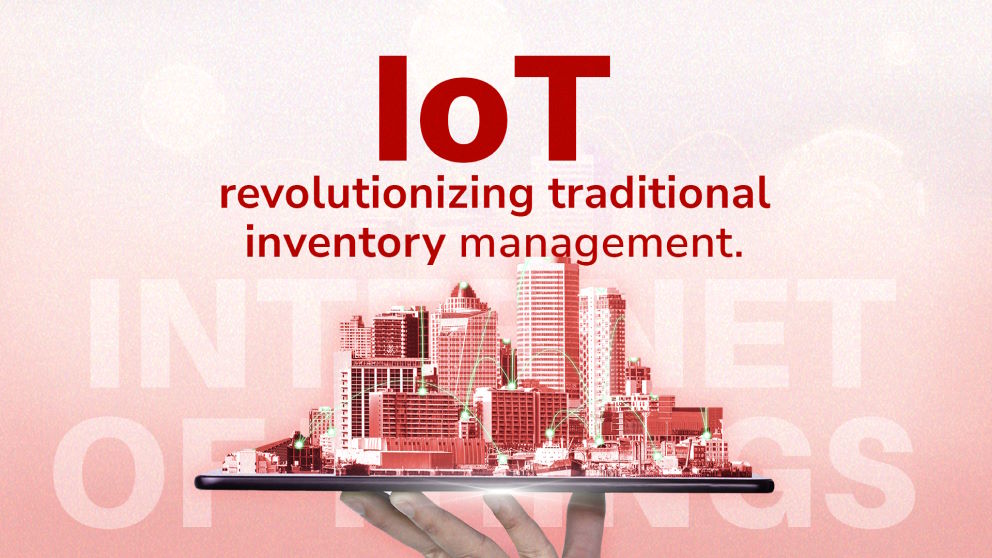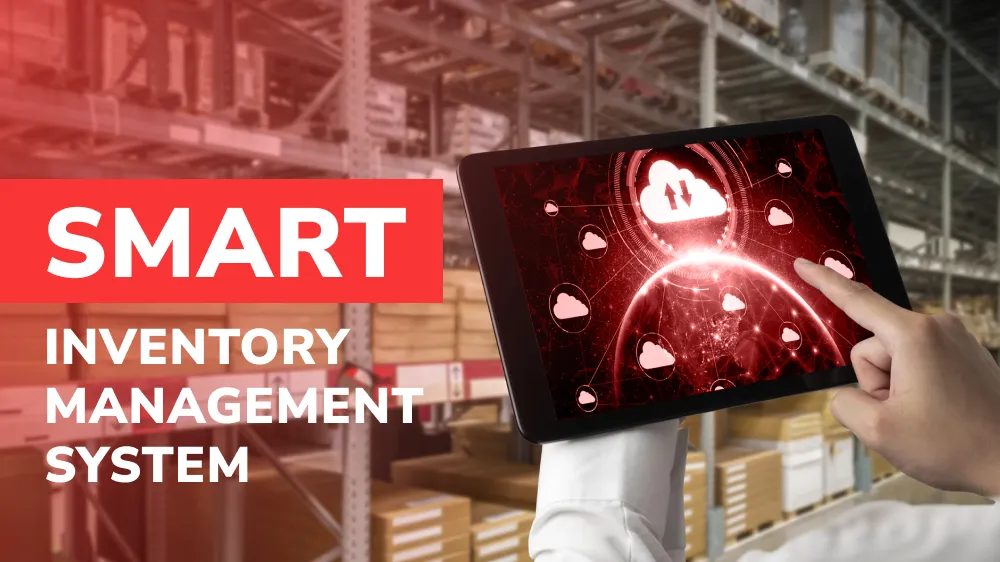
Can a Smart Inventory System Really Improve My Bottom Line?
Stuck with stockouts & wasted storage? Discover how a smart inventory system can revolutionize your bottom line.

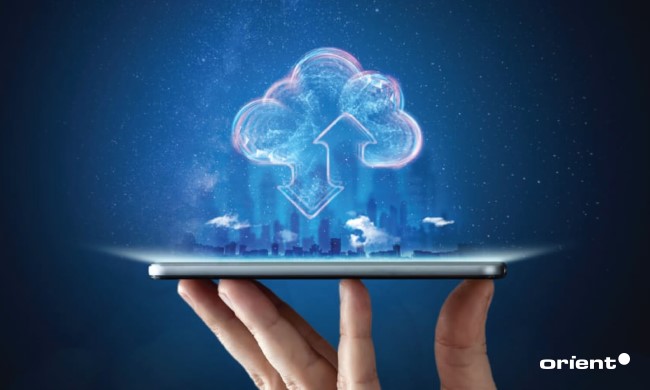
The Internet of Things applications in our daily life are growing at an unprecedented rate, as businesses and consumers alike rush to take advantage of the myriad benefits that connecting devices to the Internet can offer. However, this explosive growth is placing a significant strain on traditional data center infrastructure. Edge computing can help alleviate this burden by bringing processing power closer to the devices that are generating or consuming data. This post will delve into the basics and some of the primary reasons why IoT and edge computing fit together.
Simply known as IoT, the Internet of Things is a network of physical objects that are embedded with electronics, software, sensors, and network connectivity. These objects can collect and exchange data, which allows them to be controlled and monitored remotely. IoT facilitates communication between these objects and the end-users, the consumers. This allows for more direct interaction with daily routines, and automated actions can be taken in response to information picked up by sensors attached to these IoT devices. Due to reduced human involvement, automation increases efficiency.
Edge computing, also referred to as fog or micro-processing, decentralizes IoT devices by running cloud applications and services right at the edge. These edge devices are close to people and things, so they can process data in real-time–with no latency. This means that they don’t have to rely on information being sent to the cloud, then back down again. The main benefit of edge computing is to reduce network congestion and latency, which are common problems for IoT devices.
IoT and edge computing work together to provide a faster, more efficient way of collecting and processing data. Edge computing takes care of real-time data processing, which reduces network congestion and latency. This allows a more seamless experience for the end-user, as well as increased efficiency. IoT devices can also act as gateways to the cloud, which allows for even more data collection and analysis. Together, IoT and edge computing provide a comprehensive solution for data processing and management.
Edge computing has many advantages over centralized IoT architectures:
One of the main benefits of edge computing is reducing network congestion and latency. Since all data processing happens on edge devices, there are no bottlenecks when it comes to communication between IoT devices. This means that information can be processed in real-time, meaning that actions can be taken in response to data collected by IoT devices. No delay in data processing means that IoT devices can be used for more than just collecting information; they can also be used to automate certain processes and take actions.
Edge computing ensures quality of service (QoS). QoS is important when it comes to the smooth functioning of the Internet, which is why it’s guaranteed for traditional web services. Edge computing improves QoS by guaranteeing certain levels of service for data that needs to be processed quickly (for example, video feeds or voice recognition). This ensures that real-time applications receive the necessary bandwidth and latency guarantees–ensuring a better net experience for everyone involved.
Edge computing produces a more efficient data processing architecture because it can reduce the amount of energy consumed in a given object or a system. For example, edge devices may be equipped with solar panels so they can collect energy and produce power on their own. These smaller IoT devices don’t have to rely on power grids, so they consume less energy overall. This makes edge computing a more sustainable solution for IoT devices, which is great news for both the environment and your energy bill.
Software updates are important but they require coordination between different departments in order to ensure that everything is tested and goes according to plan. Since most organizations prefer having development and IT work together, they must wait for the go-ahead from both parties. This is not ideal in fast-paced industries such as healthcare and manufacturing, where production depends on how quickly a company can respond to certain situations. Edge computing allows updates to be made on the fly, which means that IoT devices can be updated immediately after a problem is detected and before it affects the end-users. This allows organizations to quickly recover from any problems that may arise and save time and money on potential damage and recalls.
Edge computing allows for data processing without having to send everything up to the cloud-first, which completes tasks faster than centralized architectures. For example, if IoT devices are used to collect data on road conditions that are then sent to a central system, it will take some time for the data to reach its destination. This means there is a delay when it comes to direction-based instructions. However, if this information is analyzed at the edge device itself, instructions can be carried out in real-time, meaning that response times are improved.
Data transfer is a cumbersome process when it comes to centralized systems because all data has to be sent from one place before it can be analyzed and used for analysis. However, edge computing allows data from different IoT systems to be transferred in real-time, meaning that organizations can make data-driven decisions faster. This proves especially useful for systems that are constantly sending data back and forth (for example, supply chains where IoT devices communicate with other IoT devices to ensure the quality of certain products).
Data privacy is always one of the biggest concerns that people have when it comes to IoT and cloud computing. This is why edge computing ensures that data collected adheres to the organization’s privacy standards and industry compliance requirements, as well as those of its partners and customers. Edge computing systems can also be used to process encrypted data so that no third party has access to unneeded information.
Edge computing has the potential to save organizations money. This is because it can reduce operational costs by doing more with less equipment, which means that there are fewer expenses related to hardware and software management. Edge devices don’t require as much bandwidth or processing power as centralized systems do, so they are cheaper in the long run. Furthermore, edge servers and devices can be used to store data for as long as needed which makes it possible to save data without having to pay recurring fees or rent cloud storage.
Data security is the top priority for many companies because they want their sensitive information to remain private and always protected. Edge computing can mitigate these risks by storing private or limited data sets in different locations so that its processing power remains limited and is not easily accessible. As a result, the risk of potential data breaches and security threats is reduced.
Edge computing enables organizations to add more devices or computer power as their needs grow because it can be scaled up in various ways (for example, by adding more processing nodes). This makes it easy to keep up with the latest technology, as well as rapid data growth.
The most important difference between IoT and edge computing lies in how data is processed. IoT devices send data to the cloud, where it’s analyzed and sent back down to end-users. Edge computing, on the other hand, decentralizes the processing of data by moving it to edge nodes close to users. Data isn’t fully processed until it reaches its destination, so there’s no latency or heavy workloads on the network.
The other main differences between IoT and edge computing relate to security, privacy, uptime, input/output options, and infrastructure compatibility. For example, data collected by IoT devices is stored in a centralized location along with all the other information from other devices connected through the cloud. This makes it easier for hackers to access personal and proprietary information. Edge computing ensures that your data is safely stored at the edge, where it’s used for analysis and machine learning without being exposed to unwelcome external forces.
Finally, edge computing can be used on almost any Internet-connected device, while IoT devices are often limited to specific types of hardware.
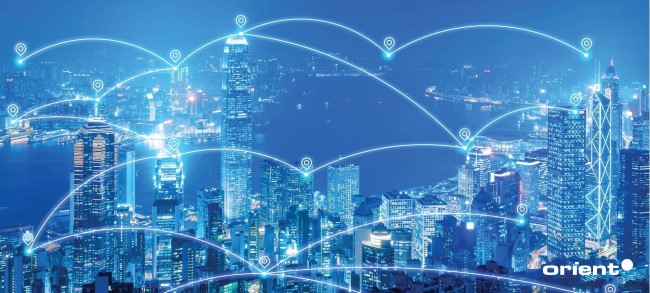
Here are the top eleven reasons why IoT and Edge computing should go hand-in-hand:
While the data is being processed at the edge, users can detect events or receive information almost immediately. With this improved response time, businesses can act much faster than they could before to meet customer demands. This will enable them to provide a better service or product to the end-user.
IoT devices can be numerous and unpredictably dispersed, which makes it difficult for them to form an efficient network connection without some help. However, remote servers cannot handle all of these requests simultaneously because they would create too much traffic on the Internet. This means that the IoT devices have to queue up while they wait for their turn. Fortunately, with edge computing, there are fewer instances of server overload because the processing takes place closer to where data originates.
Machines are still easier to hack than human beings. However, when applications are moved away from dedicated servers, the risk of someone breaking into your network is reduced. Transmitting data to and from the cloud also leaves room for potential security breaches. Additionally, because IoT devices are so vulnerable to intrusion, edge computing could play a big role in future malware security systems.
Because everything runs more smoothly on an edge computing system, your customers will feel that your product or services are more reliable. This added predictability could even lead to increased customer satisfaction and loyalty. If you notice a decline in returning users, it might be time to move some of your processes away from the cloud. With useful applications being performed closer to home, end-users can benefit from improved machine performance times. This will instill greater trust and confidence in your brand.
Edge computing enables the use of real-time analytics, allowing companies to gain insights into their data that were simply not possible before. As such, businesses can work more precisely with their applications and create new functionalities for existing products. IoT devices have a potential range of applications to offer, but they still involve high latency and network congestion. Therefore, allowing such technologies to develop further by implementing edge computing into the system will lead to more efficient devices that can offer better service to end-users.
IoT devices are still relatively expensive because they require specific components that can be difficult to obtain. By decentralizing its functions, edge computing promises more affordable options on the mass market. Lower costs will also allow for greater interaction with smaller businesses and independent developers. This means more ideas are explored in a wider range of sectors.
Applying edge computing to your IoT system will allow you to make more intelligent algorithms, which can optimize device performance and reduce power consumption. For instance, the devices will only need to use their resources when they detect a change in data or an event that requires attention from the controller. This means that processes that aren’t necessary for the device’s immediate function can run when it is plugged back in.
Edge computing enables more complex algorithms to be used safely and securely on an IoT system. This will allow companies to train their devices to make predictions based on current and past data, which might help with forecasting future outcomes and anticipating future events. This means that devices can become smarter and more self-sufficient over time.
It may not be the case for every business but unsupervised learning could allow certain businesses to train their device without human input. As such, this could help them create more autonomous products that are less reliant on human interference. This will enable your business to focus more of its energy elsewhere, rather than having to repeatedly train its models or keep updating data structures.
By keeping applications closer to the source of input data, it becomes possible to reduce overall latency time across an IoT system. This will make it easier for devices to communicate with each other and accomplish previously impossible tasks due to the time constraints of cloud processing. For instance, an autonomous drone can be instructed to drop supplies at a disaster scene without needing to return first.
IoT devices are becoming increasingly popular across all major industries, meaning that more users are accessing your data on a regular basis. Edge computing allows for better network management, ensuring that it is not swamped. As such, you can avoid having to undertake costly upgrades or risk compromising user experience with lagging applications. It also offers the potential for future upgrades, opening up new opportunities in terms of growth.
There are many other reasons why edge computing should be implemented into an IoT system. However, these are just a few of the key benefits it promises and they could lead to huge overhauls in how your business operates.
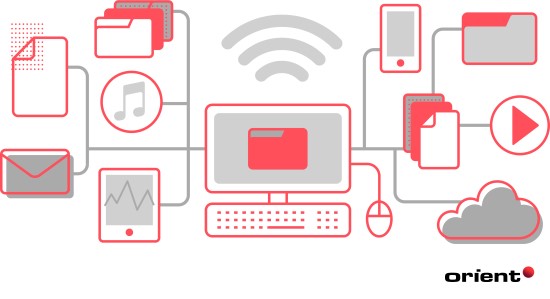
The Internet of Things is growing more complex every day, and edge computing is quickly becoming a necessary part of keeping up with the influx of data. As you can see from these points, both IoT and edge computing are drastically improving how companies can serve their end-users. By combining edge computing and IoT, businesses can take advantage of the best features of both technologies and create a powerful system for collecting and managing data. Through this article, we’ve attempted to highlight the main reasons why IoT and edge computing should work in tandem. We expect to help you better understand how they can complement one another and ultimately improve your own business processes.
Stuck with stockouts & wasted storage? Discover how a smart inventory system can revolutionize your bottom line.
This beginner-friendly guide explains everything you need to know about IoT architecture!
How is smart technology revolutionizing vehicles and driving experiences? Explore the impact of IoT in automotive industry.
Discover how the enormous influence of IoT in telecommunications can enable new services, increase efficiency, and improve the overall customer experience.
Supply chain processes once relied completely on manual operations. However, the integration of IoT in inventory management has transformed the whole industry.
